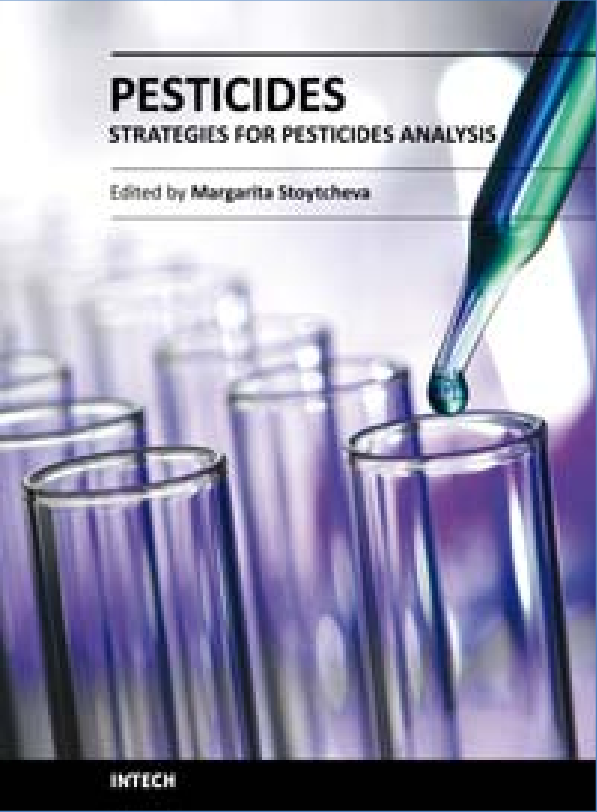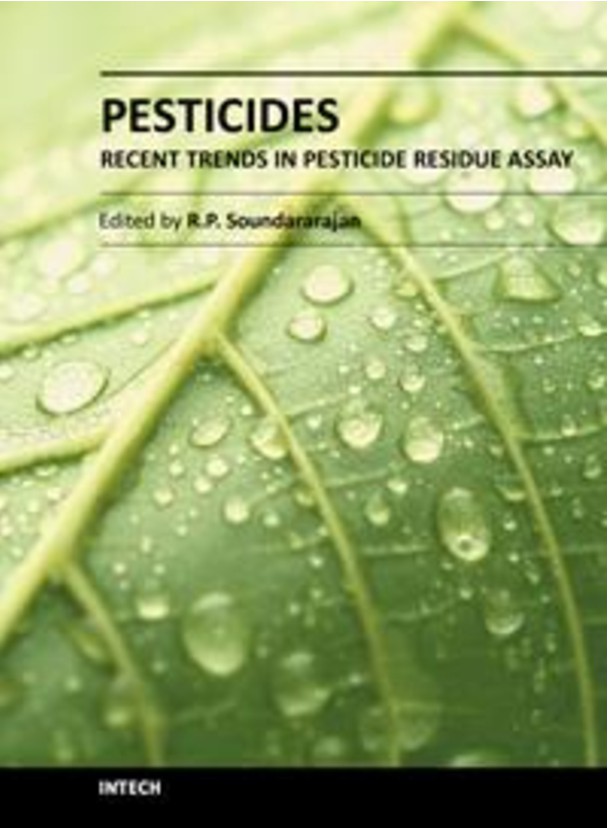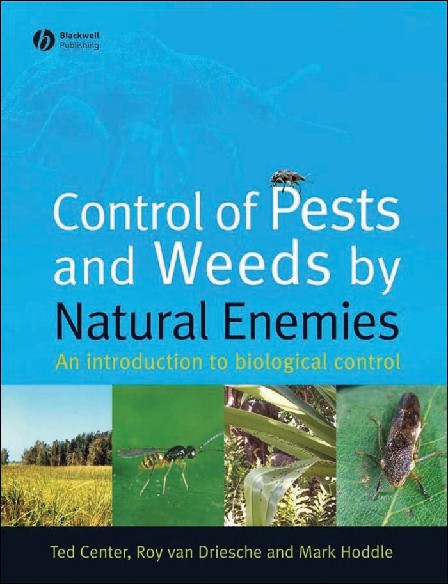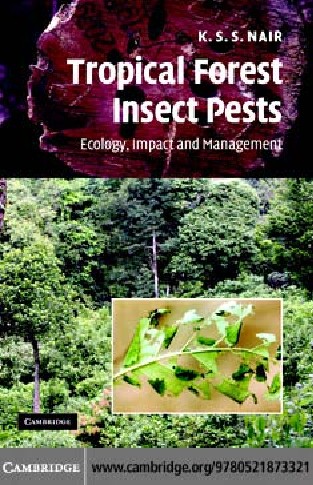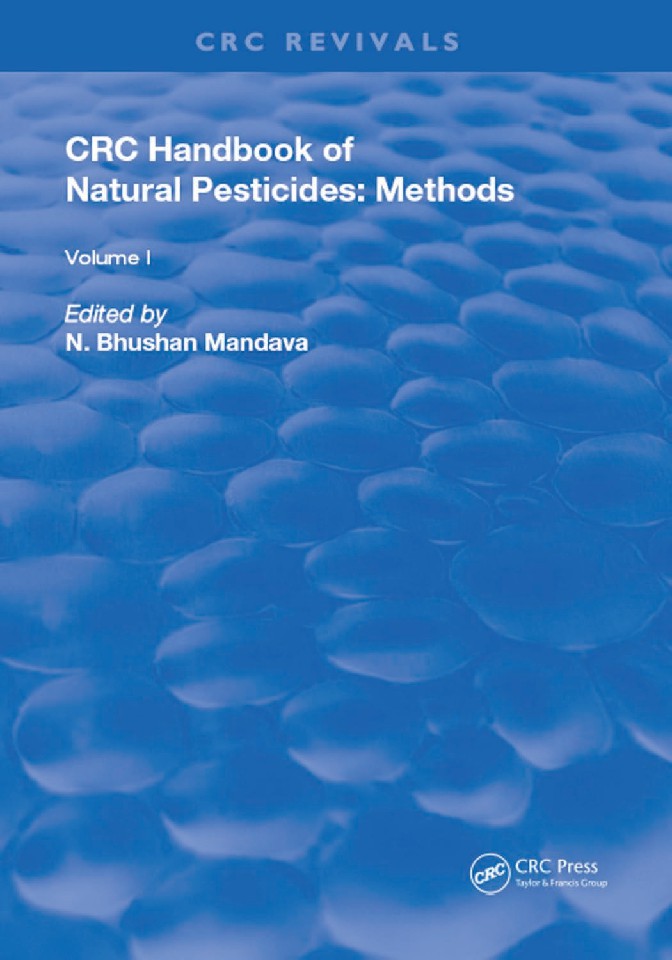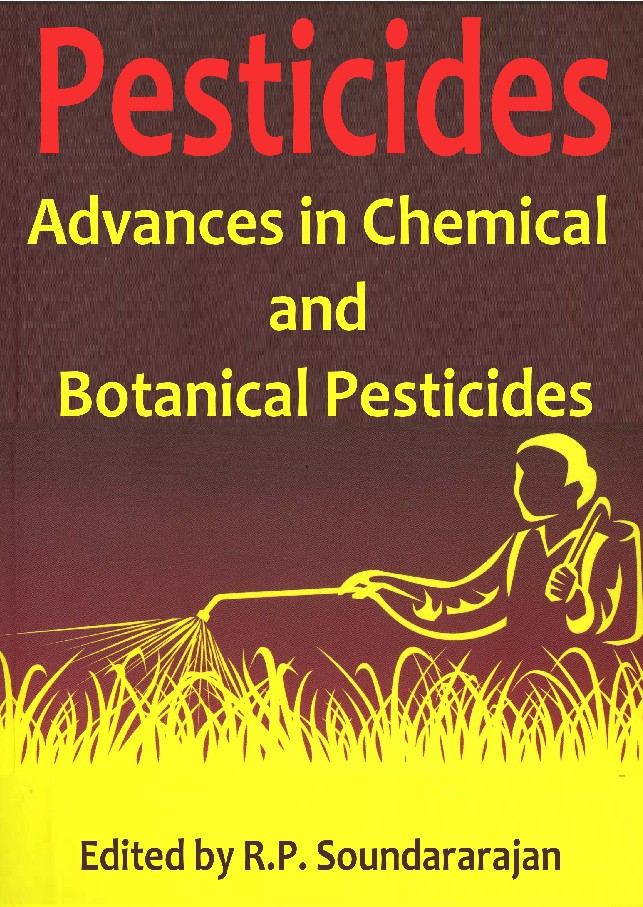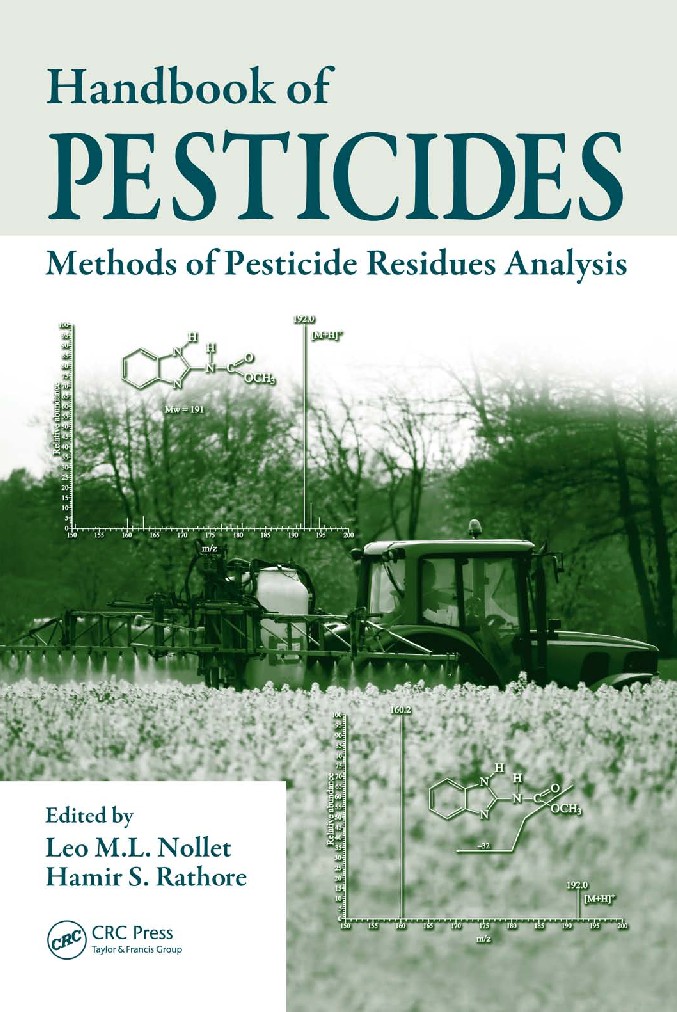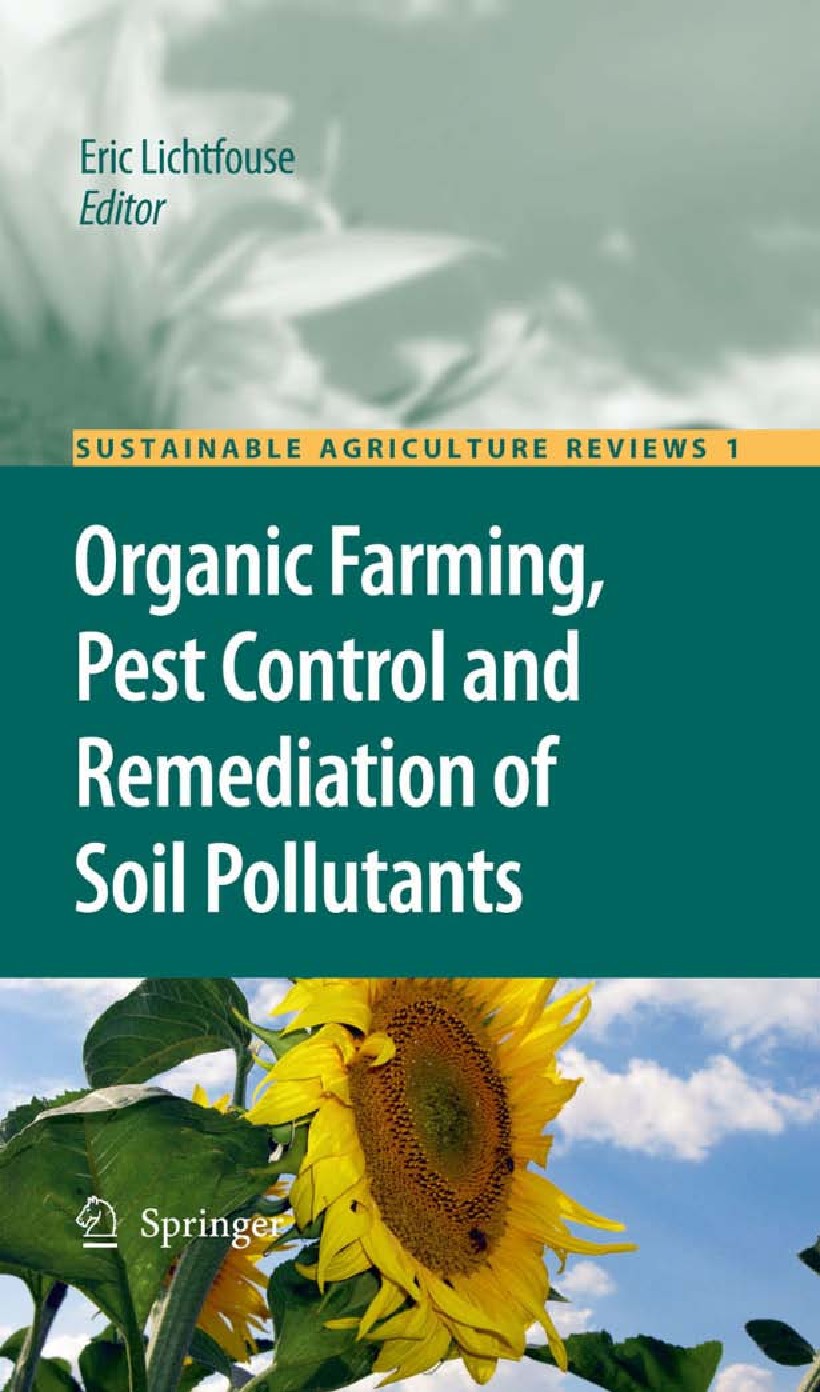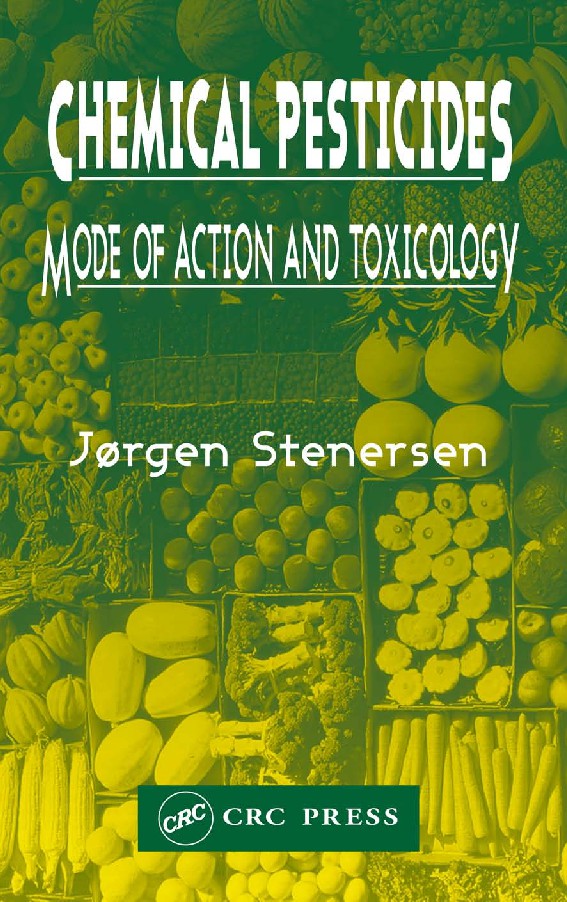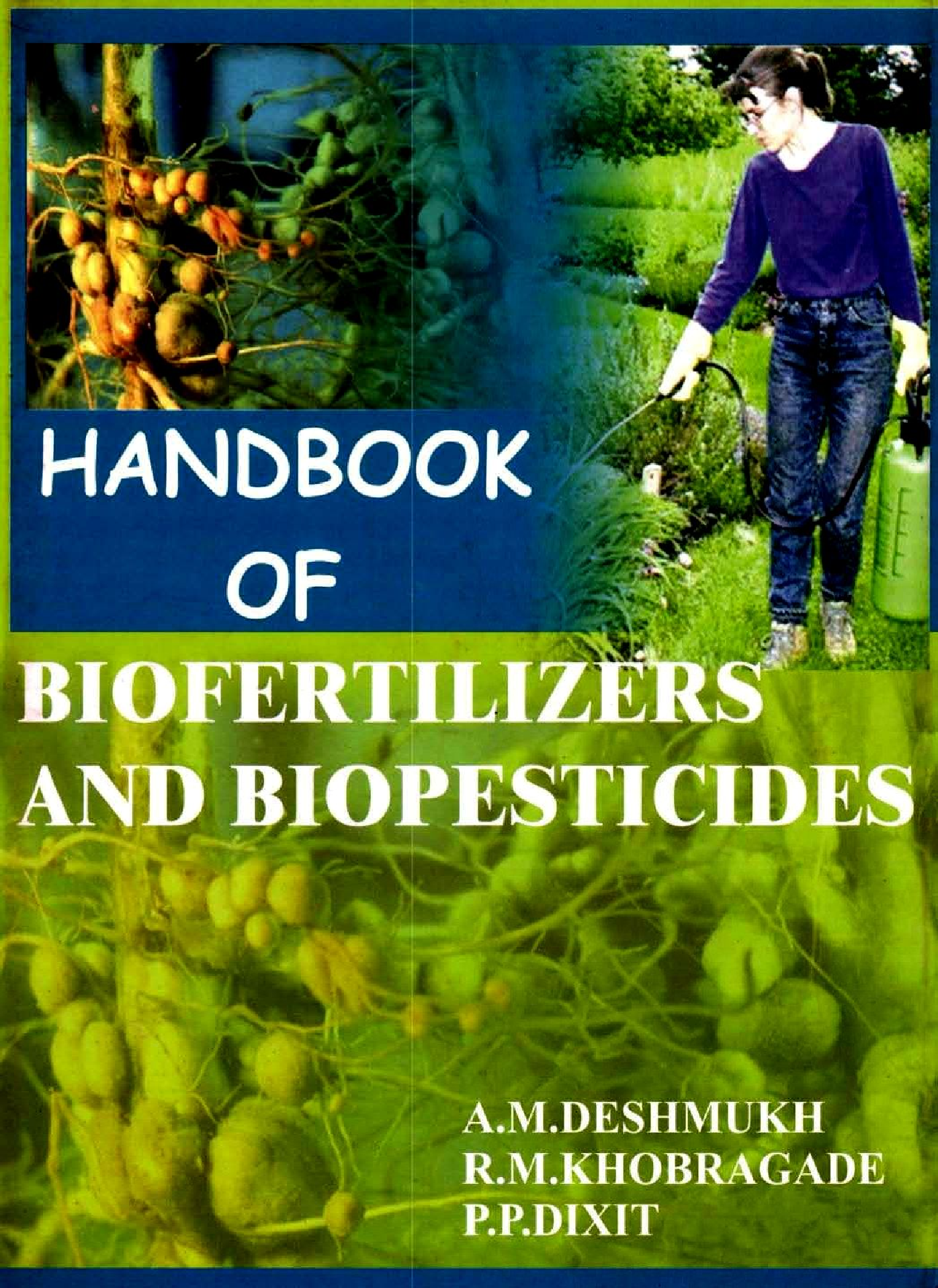Book Details
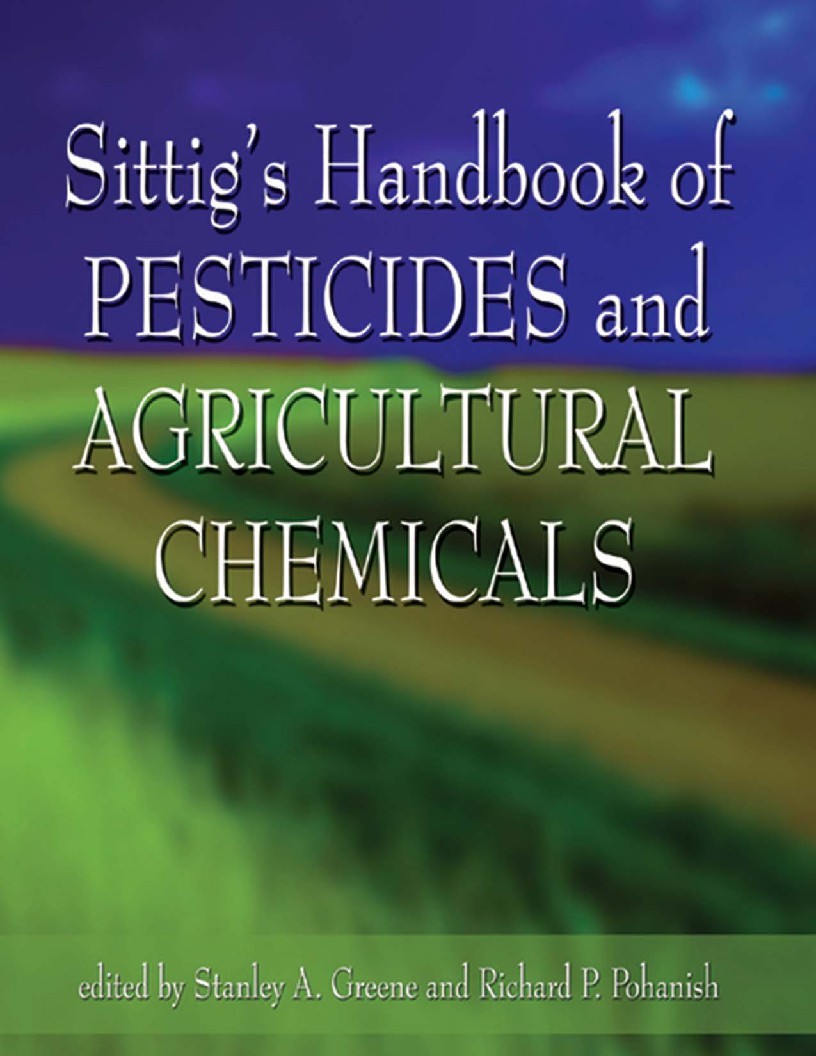
Sittig's Handbook of Pesticides and Agricultural Chemicals
Each year, over 350 billion pounds of toxic chemicals are
manufactured worldwide. In the United States over 120
billion pounds of pesticides are used annually by industry,
government and homeowners. In 200 1, worldwide
expenditures on pesticides totaled more than $32 billion,
with herbicides accounting for 40% of the total, followed
by insecticides, fungicides and other types of pesticides.
One third ofthe world’s overall expenditures for pesticides
come from the U.S.‘’’
The toxic chemicals problem in the United States, and
indeed in all the world, is frightening and abundant news
stories abound. In the night of December 2, 1984, in
Bophal, India, 7,000 people died from a leak of methyl
isocyanate gas, causing the world’s worst industrial
accident.
In the U.S. alone, nearly five million chemical poisonings
occur annually, resulting in thousands of deaths. A good
preponderance of those are from pesticides and other
chemicals used in agriculture. Local news outlets
frequently report incidents that do not reach national
attention. Near Bakersfield, California, 22 farm workers
were poisoned when a crop dusting plane applied a mixture
of chlorpyrifos, fenpropathrin, and profenofos to a
neighboring cotton field. In addition, as many as 225 farm
workers in nearby grape fields were exposed and later
released.“’
The widespread use of pesticides and other chemicals on
our food supply and other crops is a constant, potential
threat to the health and economic livelihood of millions of
farm workers. These workers face the highest rate of
chemical-related illness of any occupational group in a
workplace. Moreover, in many cases, collateral exposure
in their homes and drinking water occurs. In June, 1999,
the coalition Californians for Pesticide Reform (CPR)
published Fields of Poison: California Farinworkers and
Pesticides which presented data on the use and
ramifications of the use of pesticides based on a report by
the California Department of Pesticide Regulations (DPR).
For five years beginning in 1991, DPR reported nearly
4,000 cases of pesticide poisoning in farmworkers. It can
be assumed that not all cases are reported and that
pesticides can have a long-term affect on workers and their
families from run-off into their water supply, from ambient
air, and from living in or near fields that have been treated
with pesticides.
Author: Stanley A. Greene and Richard P. Pohanish
Pages: 1215
Issue By: eBook 707
Published: 2 years ago
Likes: 0

